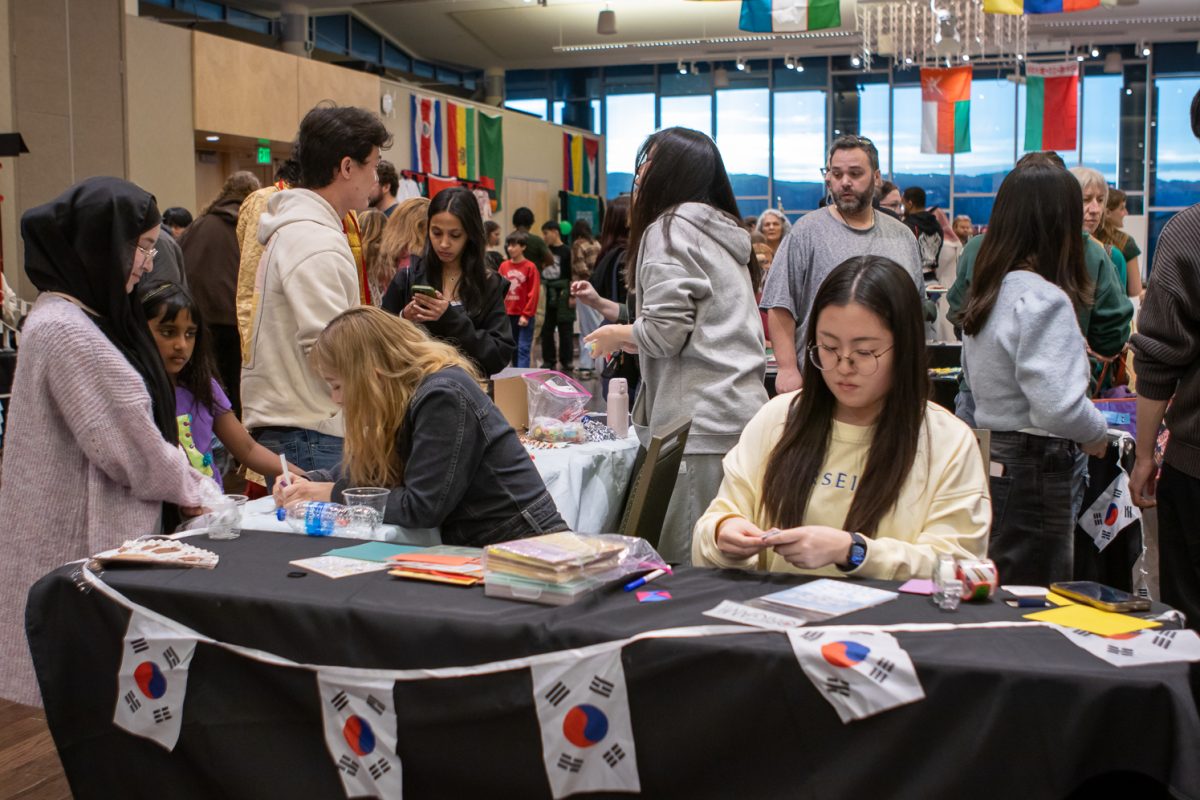From the Charlie Brown classic to every basic person’s favorite pumpkin spice item, pumpkins are iconic.
Globally, pumpkin production is abundant on every continent but Antarctica and a sole acre of land can produce up to 10 tons of pumpkins. CSU has also been growing pumpkins at the Agricultural Research Development and Education Center for the last few years. Growing pumpkins is a tradition for both the Gillette Entomology Club and Horticulture Club, according to Harley Combs, president of the CSU Horticulture Club.
“It’s a way that graduating and involved members [of the club] can present an applied field experience to incoming members,” Combs said. “We are able to reach out to the university and community at large, and demonstrate our collective knowledge by bringing this crop to market. Pumpkins are grown year after year because it’s not only an ornamental plant but a food crop as well.”
This year, National Pumpkin Day will be on Oct. 26 and will celebrate the carving contests, pumpkin pies, and seed-roasting across the country.
Melissa Schreiner, entomology Club president says the club has been growing cucurbits for years started by Whitney Cranshaw, a professor of entomology at CSU. She also says students have grown pumpkins for fundraisers to support the clubs events over the years.
“The past several seasons, the CSU horticulture club and the CSU entomology club has joined forces to grow pumpkins at CSU’s horticulture research farm at ARDEC South,” Schreiner said. “Growing and harvesting pumpkins serve as an educational opportunity that gets students outside and working with their hands. CSU stands strong as a land-grant university and we have been helping to solve problems for farmers since our founding in 1870.”
To quote the brilliant Peanuts character, Linus, “It’s The Great Pumpkin, Charlie Brown!” But why are they so great? Humans have been capitalizing on the versatility of pumpkins for a long time. According to the National Ag Institute, early colonial settlers would use hollowed-out pumpkins for storing things like milk, honey, and a variety of other liquids. While you might assume these hollowed-out holding cells would lead to the creation of the Jack O’ Lantern, the Celtic Irish actually began this tradition with potatoes.
History Channel describes the folklore tradition originating in Ireland and Scotland when people would carve scary faces out of turnips and potatoes. The finished “lanterns” would rest on windowsills to scare away demons and wandering souls. When Irish immigrants came to America, they found the pumpkin to be a better vessel for their tradition, leading to the modern pumpkin carvings of today.
[Gillette Entomology Club and Horticulture Club] are able to reach out to the university and community at large, and demonstrate our collective knowledge by bringing this crop to market. Pumpkins are grown year after year because it’s not only an ornamental plant but a food crop as well.” Harley Combs, President of Horticulture Club, CSU.
Small pumpkins are adorable and can be dried and carved to create incredible works of art. Seeds Now.com offers step-by-step instructions for curing small carving pumpkins:
- Wash pumpkins in a water-vinegar solution or with warm soapy water. Dry completely off and dab pumpkin with isopropyl alcohol. Make sure not to use damaged or bruised pumpkins.
- Wrap pumpkins loosely in newspaper/magazines/scrap paper. Do not wrap too tightly, because pumpkins cure by staying dry, warm, and proper air circulation.
- Store pumpkins together in a container with good ventilation that will not get wet. While they may stink during this process, it is best not to keep them inside. Avoid direct sunlight.
- In 1-6 months (depending on the size of your pumpkins), your pumpkins will have fully cured.
If dried gourd art doesn’t suit you, dissect your pumpkin and save the seeds.
For eating, according to my mother:
- Remove seeds from pumpkin and wash away the pulp.
- Spread even layer of seeds on baking sheet. Sprinkle with sea salt.
- Bake at 300 degrees Fahrenheit for 45 minutes, or until golden brown.
For future planting, according to Gardening Know How:
- Separate seeds from the pulp by using colander or strainer.
- Select the biggest seeds available, as they will have a better chance at germinating and surviving.
- Once selected, dry the seeds off and place them in an envelope. Store in a cool, dry place until planting season.
Linc Thomas can be reached at entertainment@collegian.com or on Twitter @lincthomas1.




